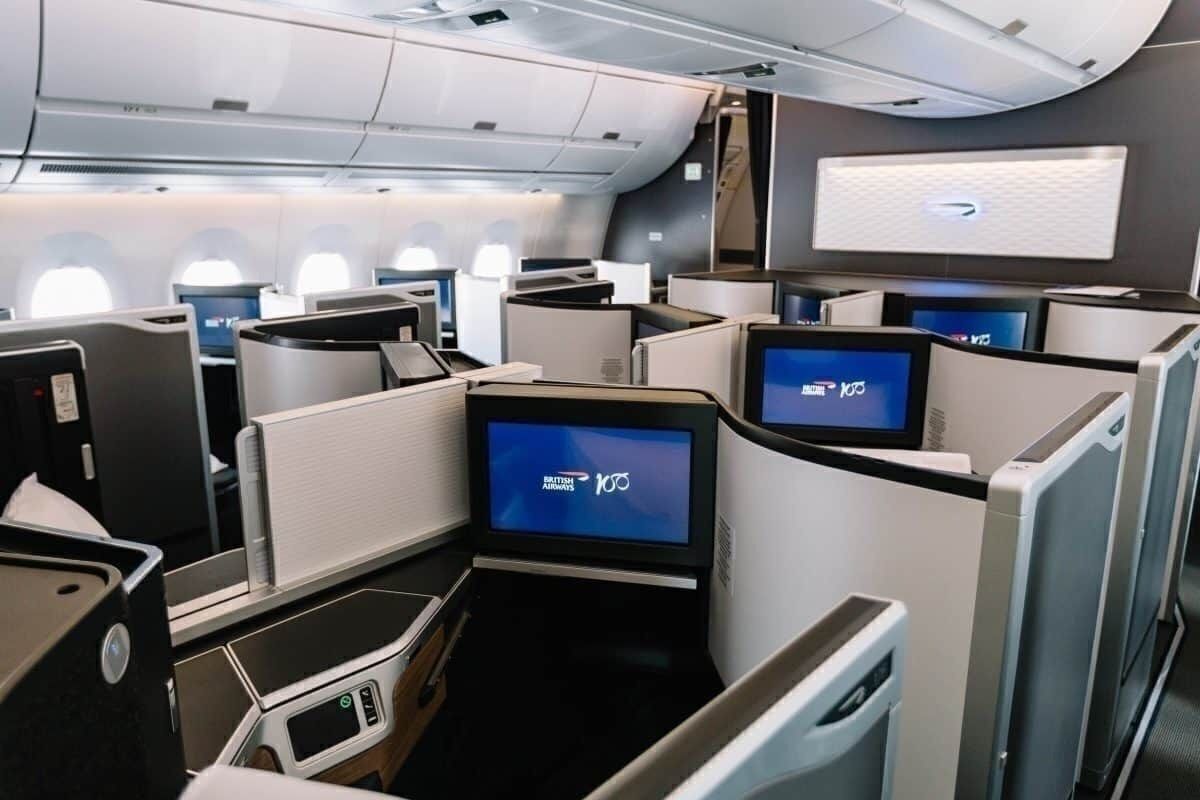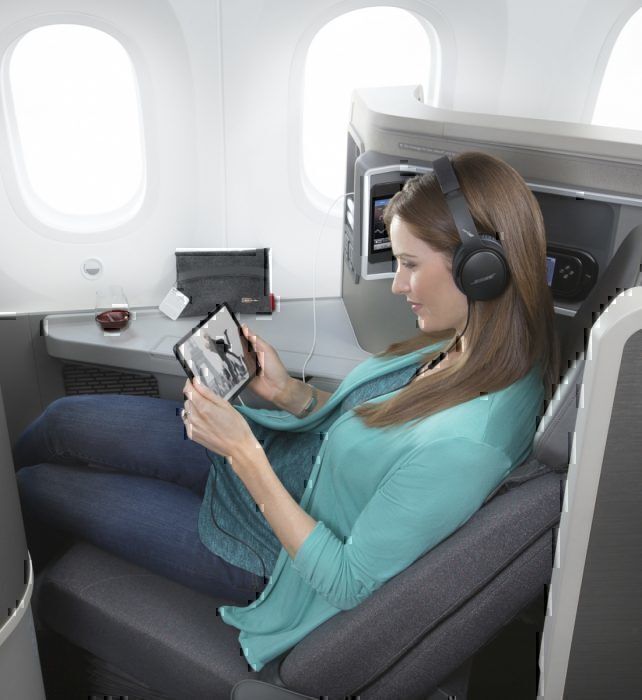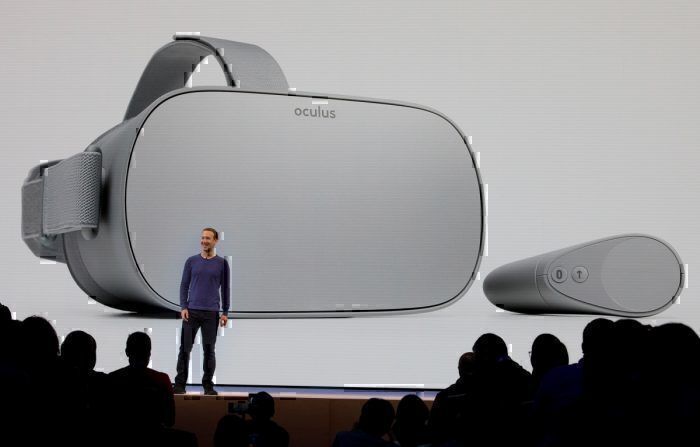In-flight entertainment (IFE) is an industry that is growing at an incredibly fast and exciting rate. In 2025, the industry is expected to reach an astounding $10.5 billion USD and with ultra-long-haul flights now possible, it's easy to see why. How though, as technology has changed, can IFE make flying a more pleasurable experience?
Streaming with WiFi
It may seem like a simple fix for all airlines to simply install WiFi capabilities, but in reality, it's not simple (or cheap) to implement at all. From either satellite or from the ground, the reliability hasn't always been there for in-flight WiFi. Think about how your home connection struggles at times when just a few family members browse, watch and play games. Think then to the inside of a plane. That's a lot of devices all trying to pass the time.
Technology has though improved. As inflight WiFi has become cheaper to install and maintain, more and more airlines are offering the service to its customers.
British Airways, for example, has over 90% of its fleet connected. And recently, customers can connect their Netflix account and stream if subscribed to the inflight 'Browse & Stream' package. They say the experience is no less than 1Mbps, depending on the number of devices connected, which shouldn't be a problem. Netflix spends a massive amount of money on its compression technologies.
Serious about gaming
With the talk of WiFi being standard as part of the IFE, the possibility of a new type of gaming could eventually make an appearance. Cloud gaming allows anyone to stream games from a central server that handles the big processing power. This is then streamed via an internet connection to any device part of the ecosystem. Think of starting a game on your TV and continuing it on your morning bus commute to work.
Technology news site, Abundary reported that Google has just launched its Stadia service, which promises just that. With the gaming options being very, very limited in current IFE (no, thank you, Solitaire) this is an area that could eventually reach the skies. Don't expect this any time soon though, as the technology is still very new. It will have to work flawlessly on the ground before it can make it to to your window seat.
Flying into the future
Now hold onto your hats because we're going to look a little further into the future. Beyond the wide-adoption of inflight WiFi, and way beyond cloud gaming in the air.
Augmented (AR) and Virtual Reality (VR) are technologies that either immerse and transform our entire surroundings or simply project and augment onto what we see currently.
Imagine sitting at your seat and being handed a headset with noise-canceling headphones that can darken your entire surroundings except a simulated 80-inch screen. That's the heavy IFE system taken out of the weight of the plane altogether. Or imagine being transported by a headset to a seat not in the air, and not next to a passenger you'd like to forget.
Companies like Panasonic are also testing sensory experiences for business and first passengers. The trials that test most on a flight is the inability to sleep. Isolated booths could create an environment perfectly suited to the circadian rhythm. Synchronized lights and smells could completely change the private suites offered by certain airlines.
It's an interesting business for sure and one that is set to only get bigger. Inflight WiFi will undoubtedly usher in a new era for IFE and open doors to the norms we are used to on the ground. With airlines dedicated to offering a fantastic experience, one that is seamless from leaving your home to arriving at your destination, it can only get better from here.




